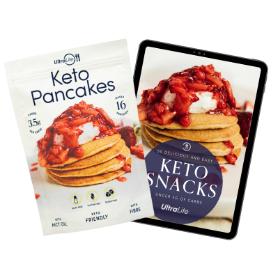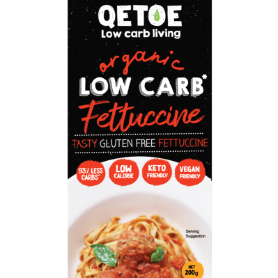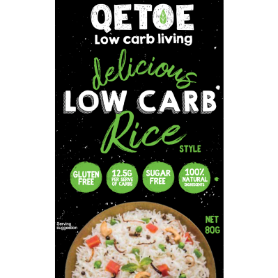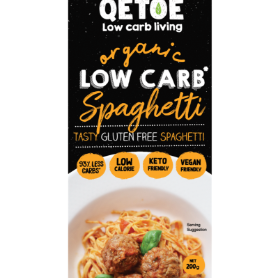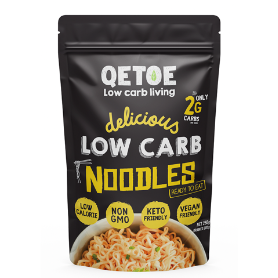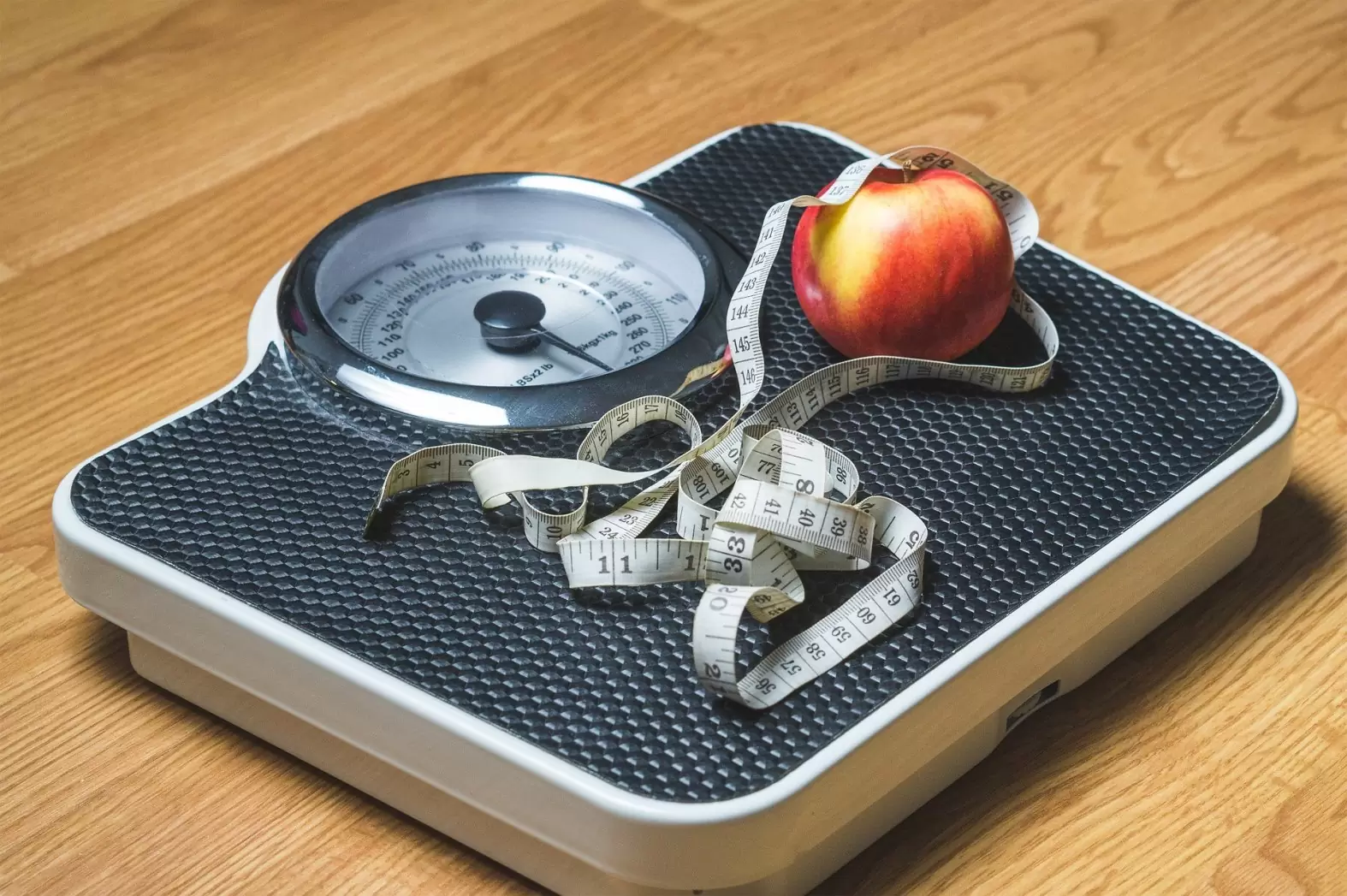Despite the fact that there are now more budget gym chains as well as premium fitness facilities in Australia than ever before, most Aussies are still overweight.
Data provided by The Sydney Morning Herald reveals that 70% of Australian men are considered obese, while women are slightly better off at just 56%. This is especially surprising considering that Aussies are actually faring well in almost every other aspect of national health.
Among the member countries of the Organisation for Economic Co-operation and Development (OECD), Australia ranks well in most health measures except obesity. The Australian Institute of Health and Welfare’s (AIHW) 2018 report pegs obesity as one of the few major health problems that continue to plague our nation. The data clearly states that Aussies have access to more health facilities, are cutting down on bad habits, and are generally spending more years in full health – with females expected to reach 74.4 years and men 70.9 years. But despite all this, diabetes, arthritis, and cardiovascular disease (the number one cause of death for men) continue to be counted among the eight most common chronic conditions, all of which are diseases linked to obesity.
One thing is for sure, it’s not due to a lack of fitness and health facilities. Australia’s gym market is currently estimated to be worth $2.2 billion, and is predicted to be worth around $2.4 billion by 2022. You can see evidence of this via the many Jetts Fitness and Anytime Fitness franchises (not to mention the many local budget-friendly gyms) that have been sprouting up across the country in the last five years. But while fitness facilities are more accessible and affordable to Aussies than ever before, obesity continues to be a problem of epidemic proportions.
So why isn’t the fitness industry tackling the obesity market? The answer is right on our screens. Fitness advertising is all about attaining the body of an elite athlete or celebrity film star, which isn’t exactly the message that overweight and obese Aussies need. The fitness industry continues to focus marketing on getting chiseled abs, massive biceps, and other standards that are very difficult to attain for certain body types, but are nonetheless highly marketable to the mass fitness market.
Even when the mainstream fitness industry does feature viable healthy options for weight loss, such as the many articles on LeBron James’ famous 2014 ketogenic Paleo diet, it still views the issue from the perspective of an elite athlete – far removed from the experiences of the ordinary obese Australian. James is the most recognisable active basketball player in the world and a four-time MVP. It is his job to be in peak shape, and he has the means, funds, and financial ability to have access to the best in sports science. The chances of an average person following his routine are slim.
Outside of sports there is an even bigger focus on an unrealistic body type. Browse any men's fitness magazine and most will be promoting ways to get superhero bodies in the mould of Chris Hemsworth or Hugh Jackman. The two actors who pushed themselves to the pinnacle of physical health for a film role have now become the gold standard of fitness. This is despite both actors publicity stating that the superhero physique isn’t their natural shape, and detailing the lengths they had to go to achieve it.
Instead of focusing on marketing near-impossible standards, the fitness industry could do better at reaching out to obese and overweight Australians if they shifted their focus to marketing realistic weight loss and management goals. In short, we need to adjust the mainstream fitness market to the audience that needs it the most. Online health blogs and features like our article on ‘How The Ketogenic Diet Supports Your Weight Loss’ can only do so much to help curtail this still burgeoning obesity epidemic.
If the mainstream Australian fitness industry is serious about promoting good health, it should find other ways to reach out to the Australians who are most at risk. Cheaper gym memberships and building more fitness facilities have already proven to be not enough to eliminate obesity. There needs to be more realistic diet and exercise plans for the obese present in mainstream fitness marketing. This could even lead to more growth in the fitness industry, as the marketing would be directed at a larger chunk of the Australian population.
Feature solely written for ultralite.com.au
by Camille Heart
Image credit: https://traineracademy.org/

